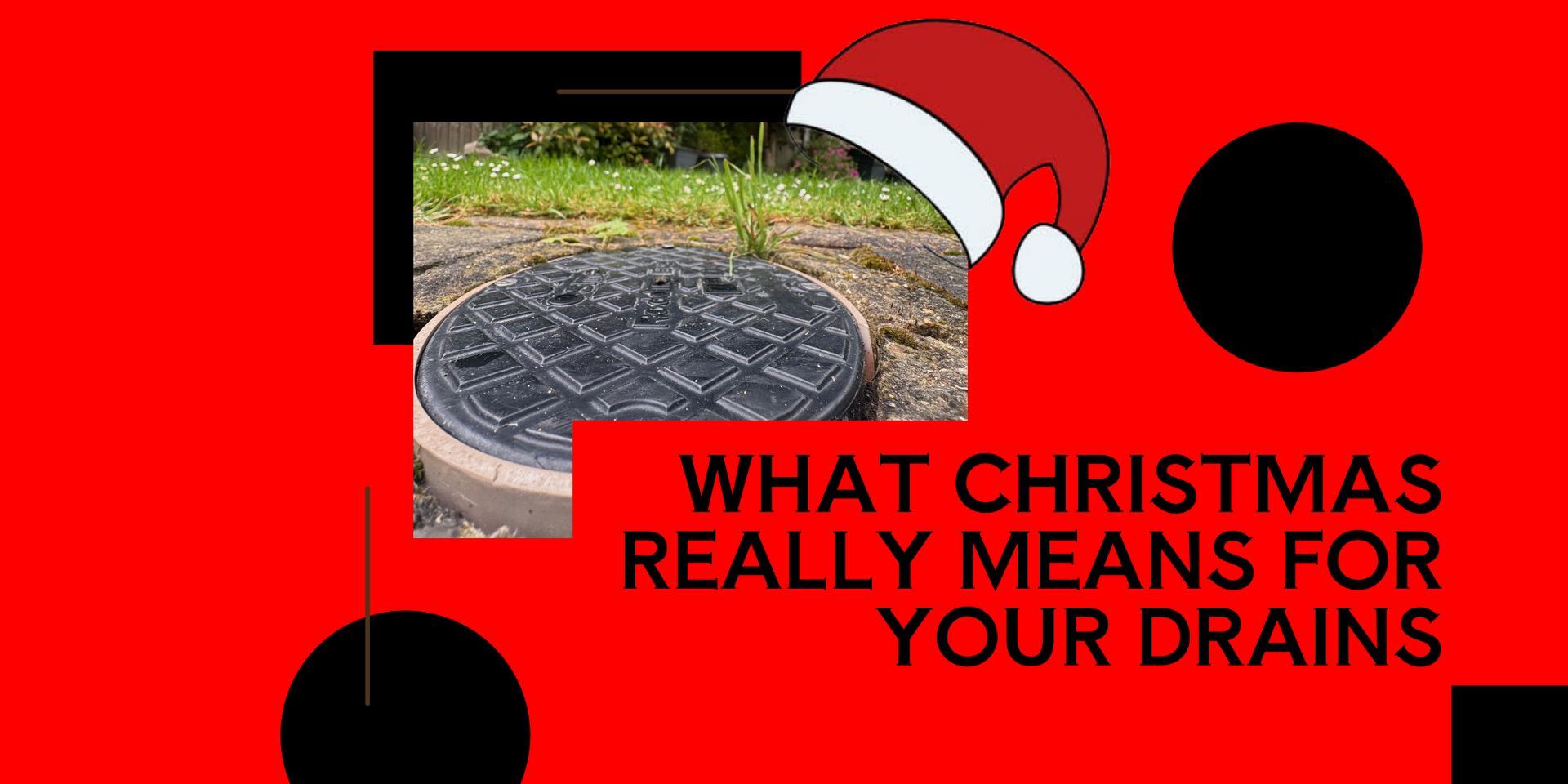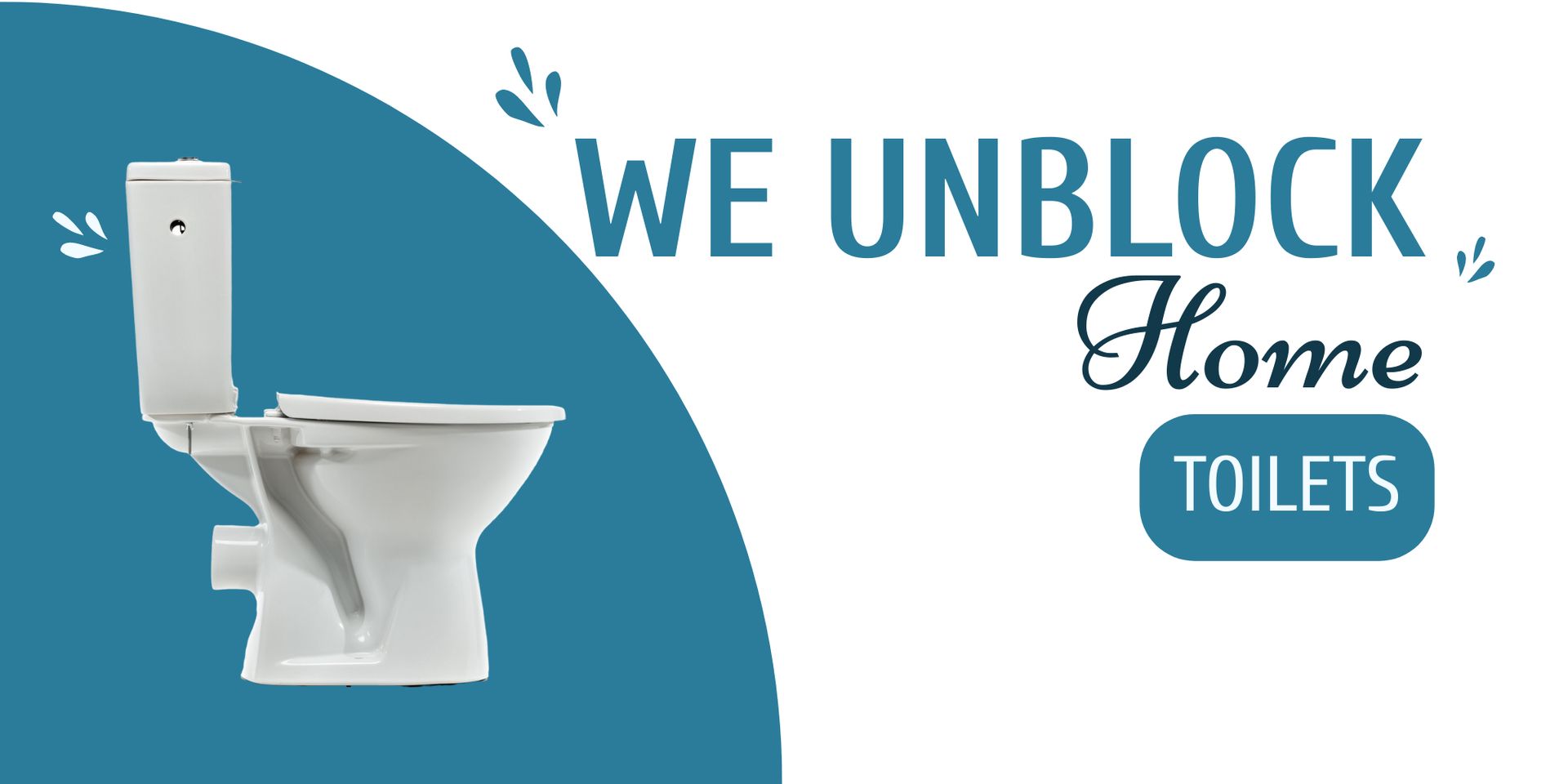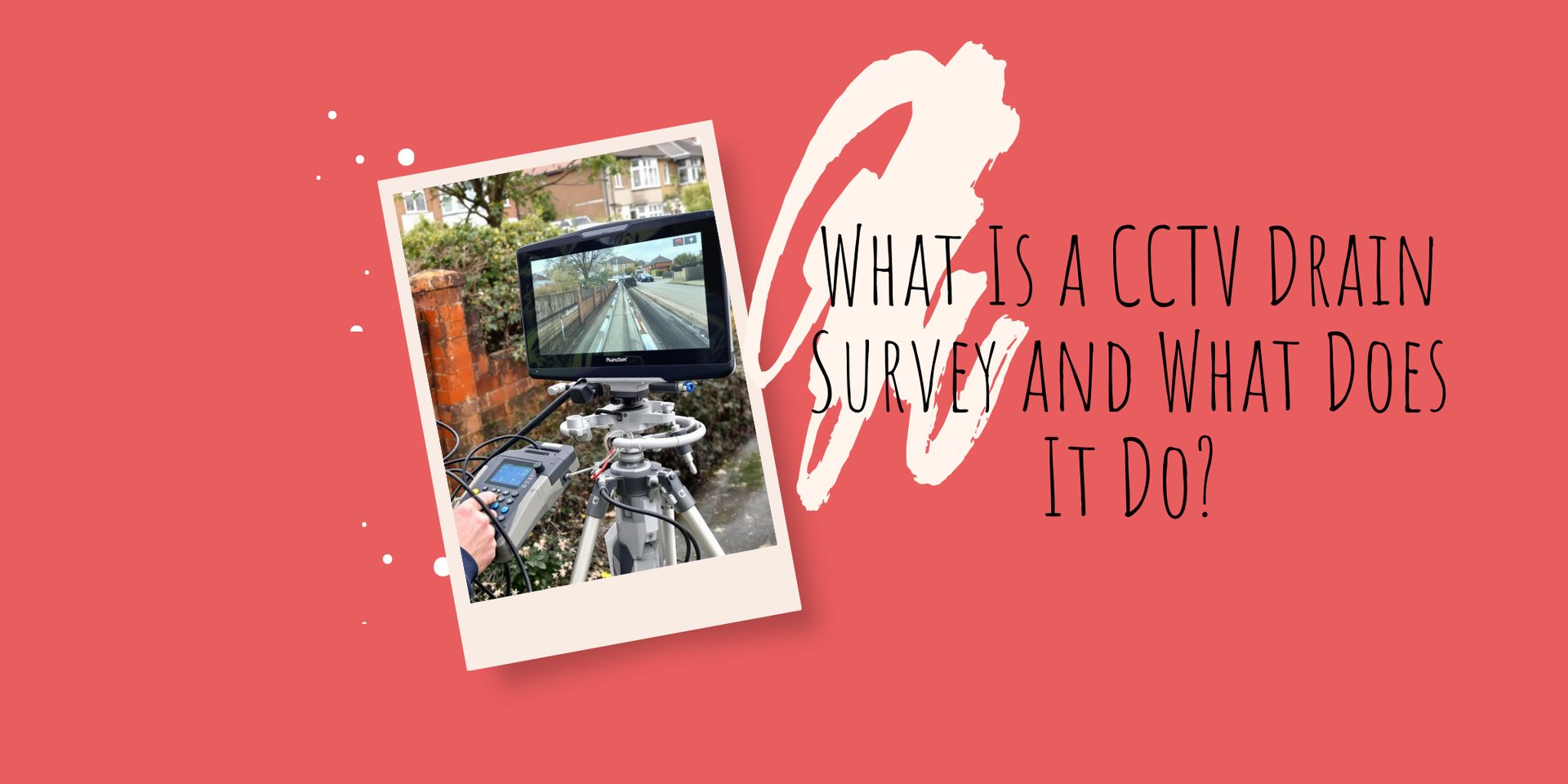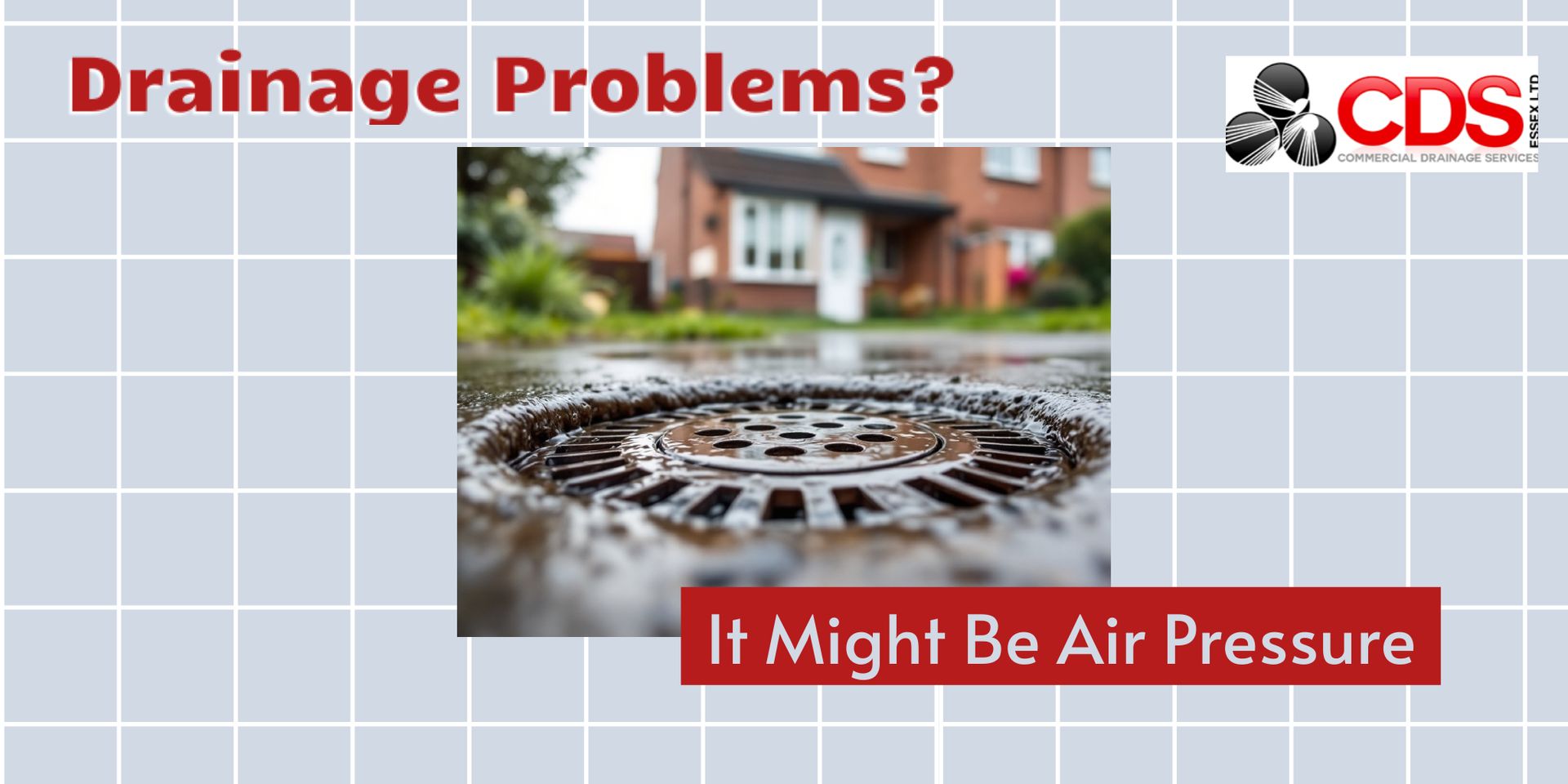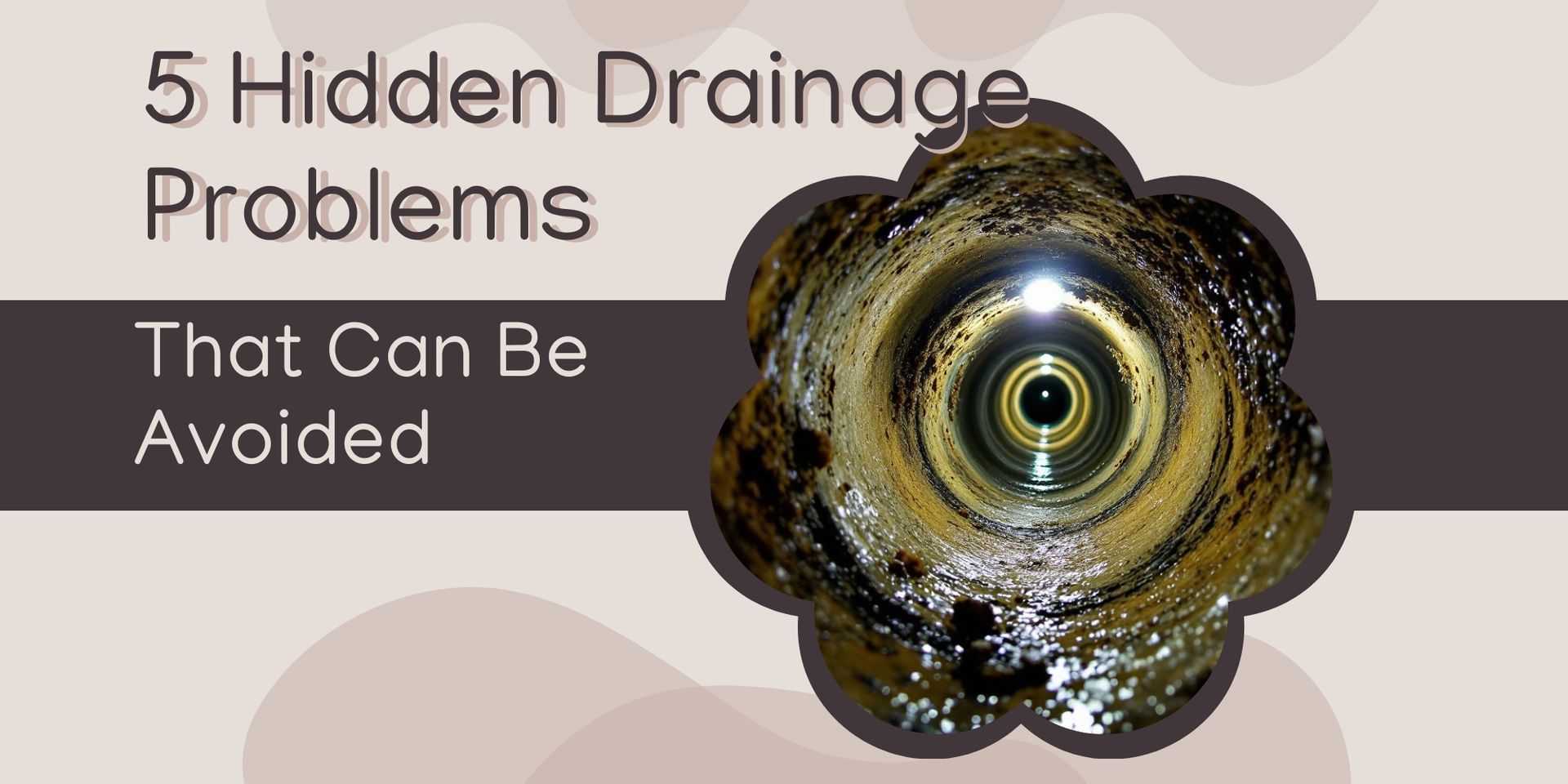How Tree Roots Can Damage Your Drains: A Drainage Professional's Guide
Tree root problems almost always require professional intervention
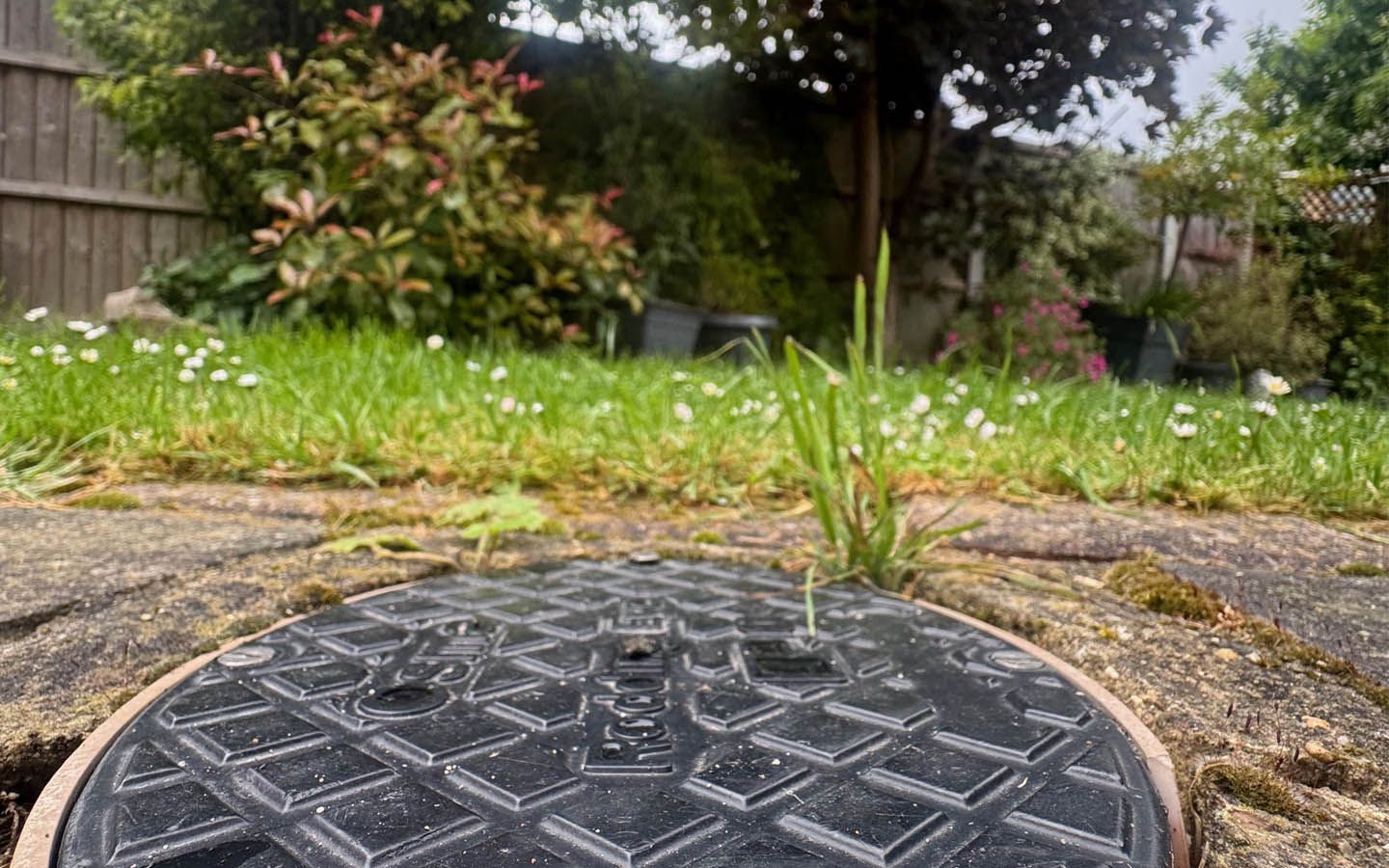
When most homeowners think about potential drainage problems, tree roots probably aren't the first thing that comes to mind.
However, after years of clearing blocked drains across Essex, Kent and London, I can tell you that tree root intrusion is one of the most common – and potentially expensive – drainage issues we encounter.
Why Tree Roots Target Your Drains
Trees are naturally drawn to water sources, and your drainage system provides exactly what they're looking for.
Even the smallest crack or loose joint in your pipes can release moisture and nutrients that tree roots find irresistible.
Once a root finds its way into your drainage system, it doesn't just stop there – it continues to grow, expand, and multiply.
The problem is particularly common with older clay pipes, which are more prone to developing small cracks over time. Modern plastic pipes are more resistant, but they're not completely immune, especially at joint connections.
The Warning Signs
From our experience attending emergency callouts, there are several telltale signs that tree roots might be infiltering your drains:
Slow drainage is often the first indicator. If your kitchen sink, bathroom, or outdoor drains are taking longer than usual to clear, roots could be partially blocking the flow.
Recurring blockages in the same area are another red flag. We've attended properties where homeowners have been dealing with the same blocked drain every few months – usually, tree roots are the culprit.
Gurgling sounds from your drains, particularly when water is draining elsewhere in the property, can indicate a partial blockage that's affecting the entire system.
Unpleasant odours coming from drains often develop when roots create pockets where waste can accumulate and decompose.

The Damage Process
Tree roots don't just block your drains – they can cause serious structural damage. As roots grow inside pipes, they expand and can crack or completely break the pipe walls.
We've used our CCTV drainage inspection equipment to show customers the extent of root damage, and it's often far worse than they initially imagined.
The roots create a web-like structure inside the pipe, catching debris, toilet paper, and other waste materials. This creates a snowball effect where blockages become more frequent and severe over time.
Which Trees Are the Worst Offenders?
In our experience, willow trees are particularly problematic due to their aggressive root systems and love of water.
Poplar trees, oak trees, and even seemingly innocent fruit trees can cause significant drainage issues if planted too close to your property.
The general rule we recommend to customers is to avoid planting large trees within 10 metres of your main drainage runs.
However, even established trees at this distance can still cause problems as their root systems expand over time.
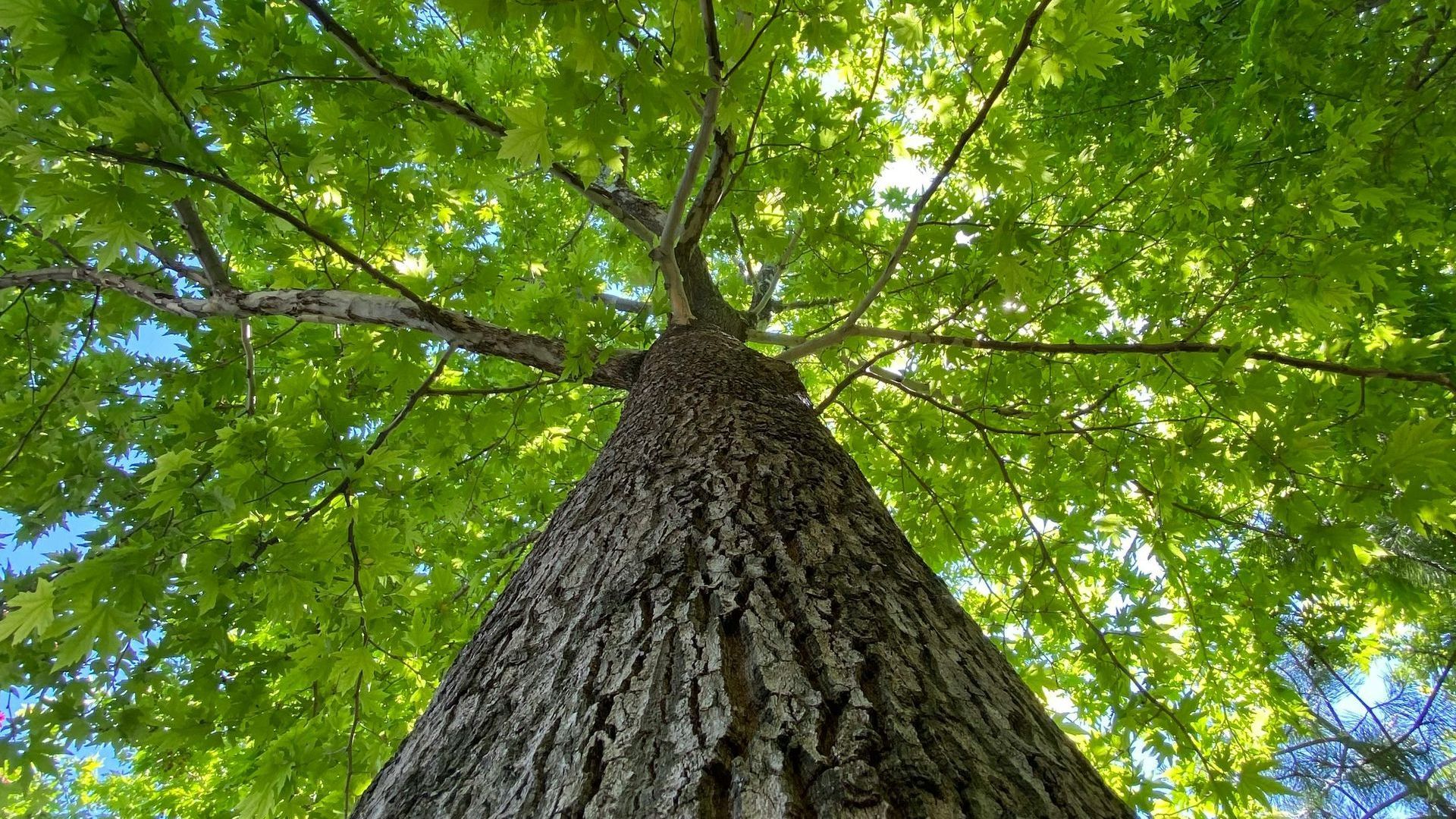
Prevention and Solutions
Regular CCTV inspections can identify root intrusion before it becomes a major problem. We recommend annual inspections for properties with mature trees nearby.
Professional root cutting using high-pressure water jetting can clear existing root blockages. However, this is typically a temporary solution – roots will often regrow unless the underlying pipe damage is addressed.
Pipe relining or replacement might be necessary for severely damaged sections. Modern plastic pipes are much more resistant to root intrusion.
Root barriers can be installed when planting new trees to direct root growth away from your drainage system.
When to Call the Professionals
While some minor blockages can be tackled with shop-bought drain cleaners, tree root problems almost always require professional intervention.
Attempting to clear root blockages with chemical products or basic drain rods often makes the situation worse and can damage your pipes further.
If you're experiencing recurring drainage issues, especially if you have mature trees on or near your property, it's worth having a professional drainage survey.
The cost of early intervention is always much less than dealing with a complete drainage system failure.
Tree root damage to drains is a serious issue, but with proper awareness and professional maintenance, it's entirely manageable.
The key is recognising the warning signs early and taking action before minor problems become major headaches.


Geoff Ward

